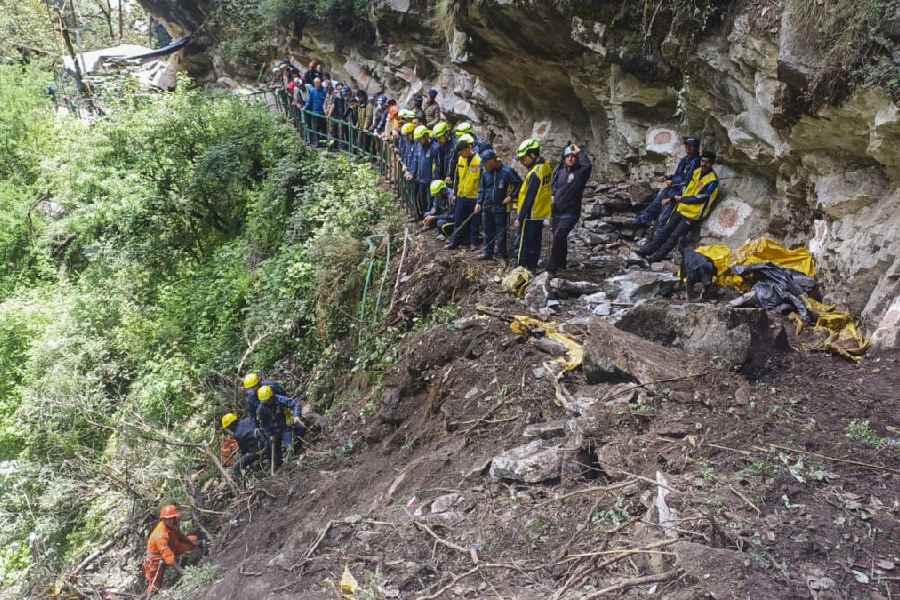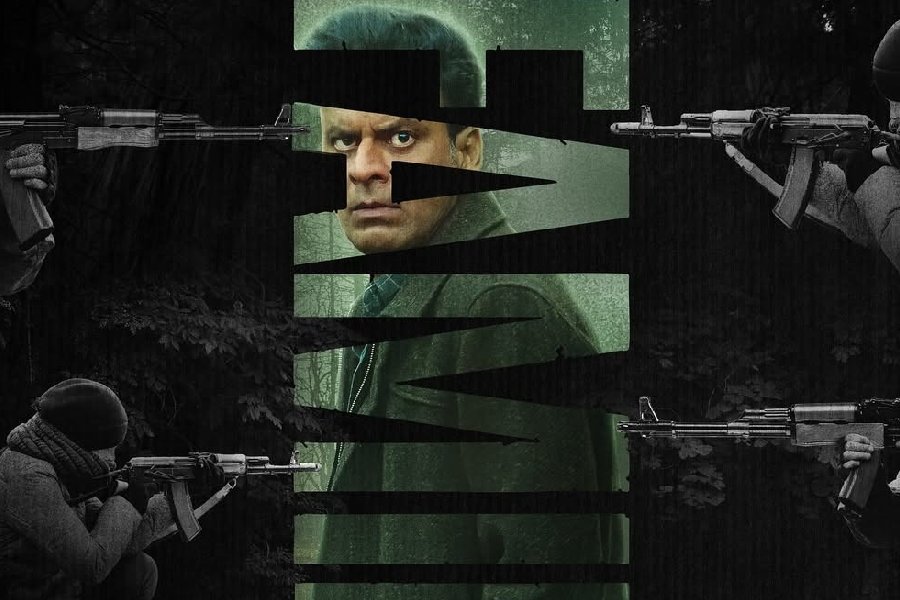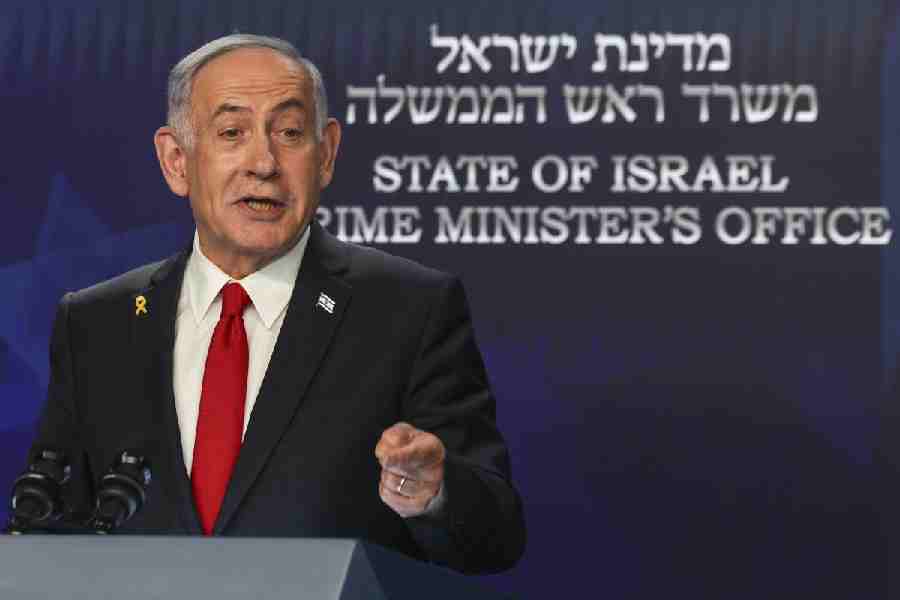 |
 |
 |
| DARK HISTORY: (From top) Jyotirmoy Guhathakurta; Jagannath Hall at Dhaka University which has been renamed after him; his daughter Meghna |
On the night of March 25-26, 1971, Pakistan’s military regime started a crackdown in East Pakistan to crush the Bengali rebellion. A prime target was Dhaka University and among those killed was Professor Jyotirmoy Guhathakurta, Provost of Jagannath Hall, the Hindu student hall. Guhathakurta was shot outside his home and left for dead. He was moved to the Medical College Hospital on March 27 when curfew was lifted and died on March 30. His family fled. It is not known what happened to his body.
The crackdown earned international infamy and came to define 1971. The killing of unarmed civilians became its hallmark, with Guhathakurta’s murder among the most notorious. Despite periodic noises about war crimes, nobody pieced together the data that might make justice possible until this author’s investigation.
Guhathakurta’s killing is exceptional in many ways. First, it was not in battle. There was a two-way fight in Iqbal and Jagannath Halls, even if the rebels were massively outgunned and soon overpowered. But Guhathakurta was at home and unarmed. His killing was a cold-blooded murder.
Second, Guhathakurta lived for four days and can testify on his own murder from beyond the grave. His testimony is in his wife Basanti’s memoir, corroborated by his only daughter, Meghna, now a professor at Dhaka University herself. She discussed the night’s events with me and showed me where her father was shot.
Third, unlike many murders in 1971 committed by the army, its allies or Bengali nationalists, where perpetrators acted in groups, Guhathakurta was shot by a single army officer who entered his flat.
As a school boy Guhathakurta composed a poem welcoming Subhas Bose to his home town Mymensingh. He graduated in English from Dhaka University and received his PhD from King’s College, London. He lived with his wife and daughter in a ground-floor flat in a three-storeyed faculty quarter across from Jagannath Hall.
There were two flats per floor. Also on their floor was the family of the late Prof. Hai (Bengali). Prof. Anisur Rahman (Economics) and Prof. Razzak (International Relations) were on the first floor. A German scholar who lived on the top floor had left. Prof. Maniruzzaman (Statistics) was in the remaining flat.
I detail the attack on Dhaka University in my book Dead Reckoning: Memories of the 1971 Bangladesh War. I put together what happened in Building 34 from multiple sources, including memoirs, recordings and interviews in Bangladesh and Pakistan. On available evidence “Operation Searchlight” in Dhaka was conducted by 57 Brigade under Brig. (later Lt. Gen.) Jehanzeb Arbab. The brigade included 18 Punjab, 32 Punjab, 31 Field and 2 East Bengal (2 EBR) regiments. The Bengali Commanding Officer (CO) of 2 EBR was Lt. Col. Raquib; Lt. Col. (later Brig.) Muhammad Taj commanded 32 Punjab, whose task included capturing Rajarbag police lines. 18 Punjab commanded by Lt. Col. Basharat Sultan was responsible for securing Dhaka University, the television station, Shankharipatti, providing tank protection and guarding the Intercontinental Hotel. One company of this regiment, under Captain Saleh Hassan Mirza, went to Dhaka University.
“Around half past twelve or one ’clock I was awakened by the noise of firing,” writes Basanti Guhathakurta. Her husband said, “It’s nothing — the boys are practising.” As ear-splitting bursts came closer, the Guhathakurtas took refuge under the bed. When the firing subsided, Mrs Guhathakurta peeped out and saw a convoy of vehicles stop at the barricade at the crossroads. An officer pulled off the chains on their gate. Troops started to kick on all the doors.
The officer broke the window pane in Meghna’s room, cut the net with his bayonet and moved the curtain. Mrs. Guhathakurta gave her husband his panjabi and told him to prepare for arrest. The officer entered the flat through the kitchen door, pushed aside the maid and got into the verandah where he asked Mrs Guhathakurta, “Professor sahab hai?” Walking along with him she said: “You have got in, so why are they still breaking down the front door?” The officer called out, “Hum idhar par hai, Yaqub! Darwaza mat bhango (sic).” The kicking stopped.
The officer asked if there were any “jawan aadmi”. On hearing they had only one daughter he said girls had nothing to fear. He asked Guhathakurta, “Aap professor sahib hai?” and dragged him off through the garden.
Soldiers dragged down Prof. Maniruzzaman, his son, nephew and another man. Prof. Anisur Rahman had put a lock on his door and remained silent inside with his wife and daughters. The Hai family did the same, according to Jahanara Imam. Mrs. Guhathakurta advised Maniruzzaman to go with the soldiers as otherwise they might shoot, and said that her husband had also been arrested. Two shots were heard outside, and Meghna put her hands to her ears.
The officer returned and searched the rest of the flat. At one point he asked, “Mujibur Rahman kahan rahta hai?” Confused, Meghna said, “We don’t know him.” He shouted at her and left. The troops shot Maniruzzaman and the three other men and ran out. The vehicles drove away. Mrs. Guhathakurta still thought her husband was in one of them, until Mrs. Maniruzzaman shouted that he was lying outside.
Guhathakurta was found near the gate — paralysed, but conscious and speaking. He said the officer made him stand facing the hall, asked his name and religion, then held a gun at his neck and shot him.
Who shot Jyotirmoy Guhathakurta? It can only be one of a handful of officers. The killer told ‘Yaqub’ to stop kicking the door. I found that the Battalion Havildar Major of 18 Punjab was Naib Subedar Yaqub. He usually accompanied the Commanding Officer. But he also worked with other officers of the regiment. At the time I did my research, only one of the officers who took part in the action at the university was reported as killed in action later in the war. Meghna Guhathakurta told me that the officer looked mature — not a very young man. If shown photographs from the early 1970s, perhaps she might recognise him.
In a tape recording of communications among officers, when the brigade commander asked for an approximate casualty figure for the university, the CO of 18 Punjab said “300”. “Well done,” the brigadier responded, “300 killed? Anybody wounded, captured?” The CO replied: “I believe only in one thing: it’s 300 killed. Over.”
“I agree with you, you don’t have to explain anything,” said the brigadier.
He was wrong. On the 40th anniversary of his killing, perhaps the Pakistan army would realise that it is also in its interest to join the quest for justice for Professor Guhathakurta.










